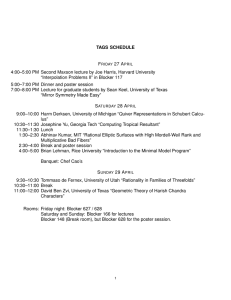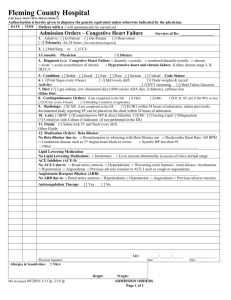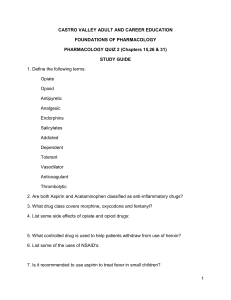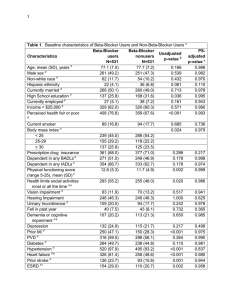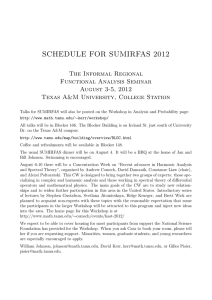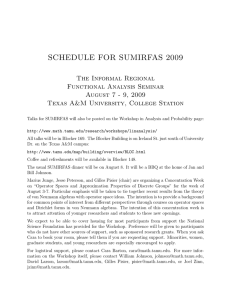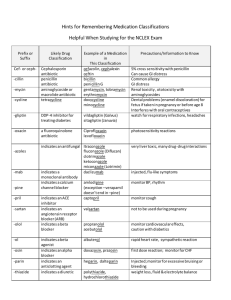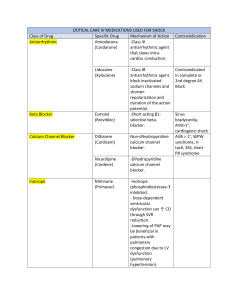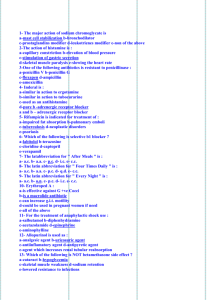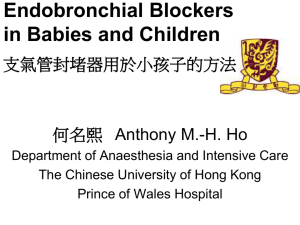Online Figure 1 – Improvements of left
advertisement
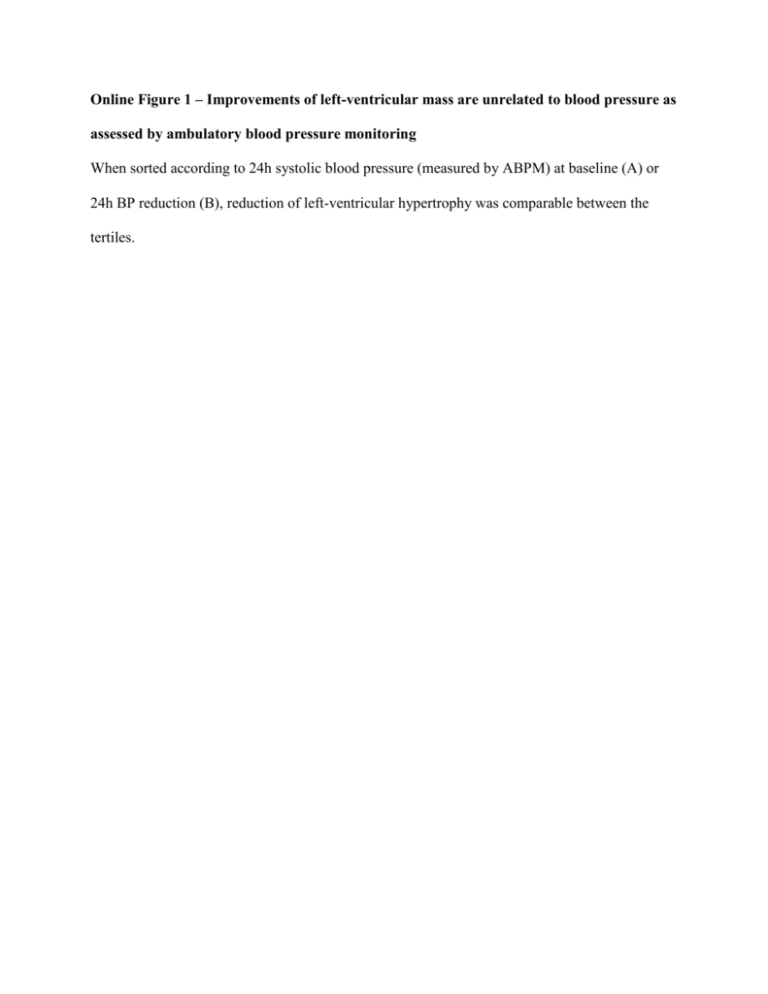
Online Figure 1 – Improvements of left-ventricular mass are unrelated to blood pressure as assessed by ambulatory blood pressure monitoring When sorted according to 24h systolic blood pressure (measured by ABPM) at baseline (A) or 24h BP reduction (B), reduction of left-ventricular hypertrophy was comparable between the tertiles. 2 Online Figure 2 – Afterload-related parameters are dependent on change of blood pressure but not heat rate Increase in vascular compliance was dependent on blood pressure (B) reduction (A), as emphasized by a significant (p<0.001) correlation (R²=0.288) of the change of compliance and the changes of systolic BP (C). Improvement of end-systolic meridional wall stress (EsMWS) was only visible in the first tertile of BP reduction (B). Change in compliance and EsMWS were not dependent on heart rate reduction (D-F). Regression analysis of heart rate corrected circumferential fiber shortening (VCFc) and plotting EsMWS yielded significant correlations (G, H). Comparing the correlations at baseline (G) and follow-up (H) in a single plot (I) visualizes the small but significant (p<0.001) difference in the y-axis intercept of the regression line, suggesting a mild increase in intrinsic contractility following renal artery denervation. 3 4 Online Table 1 – Baseline characteristics Patients (n=66) Age (years) 63.5±1.2 Male 36 (55%) BMI (m/kg²) 29.4±0.6 BSA (m²) 1.99±0.02 Diabetes 23 (35%) Hypercholesterolemia 42 (64%) Current or former smokers 14 (21%) Coronary artery disease 14 (21%) Number of antihypertensive 4.3±0.1 drugs Beta blocker 59 (89%) Calcium channel blocker 52 (79%) ACE inhibitor 25 (38%) Angiotensin receptor blocker 36 (55%) Diuretic 66 (100%) Renin-inhibitor 26 (39%) Alpha blocker 27 (41%) Direct vasodilator 10 (15%) 5
